Viscounts Fane (1718)

- Charles Fane, 1st Viscount Fane (1676–1744)
- Charles Fane, 2nd Viscount Fane (c. 1708–1766)
Viscount Fane was a title in the Peerage of Ireland. It was created on 22 April 1718 for the politician and courtier Charles Fane. He was made Baron of Loughguyre, in the County of Limerick, at the same time, also in the Peerage of Ireland. Fane was the second son of Sir Henry Fane, only son of the Honourable George Fane, fifth son of Francis Fane, 1st Earl of Westmorland (see Earl of Westmorland for earlier history of the family). He was succeeded by his son, the second Viscount. He was a politician and diplomat. The titles became extinct on his death in 1766, though his widow lived on until 1792, and the De Salis were later to add the name and arms of Fane to their own surname (Royal Licence 1809 and 1835).
The Fane's Basildon estate in Berkshire was then sold while the more profitable ones in counties Armagh and Limerick were later partitioned between sons of the surviving co-heiresses of the last Lord Fane, Peter de Salis and the 5th Earl of Sandwich. In honour of this inheritance the De Salis added Fane to their name, by Royal Licence in 1809 and 1835.


Earl of Westmorland is a title that has been created twice in the Peerage of England. The title was first created in 1397 for Ralph Neville. It was forfeited in 1571 by Charles Neville, 6th Earl of Westmorland for leading the Rising of the North. It was revived in 1624 in favour of Sir Francis Fane, whose mother, Mary Neville, was a descendant of a younger son of the first Earl. The first Earl of the first creation had already become Baron Neville de Raby, and that was a subsidiary title for his successors. The current Earl holds the subsidiary title Baron Burghersh (1624).
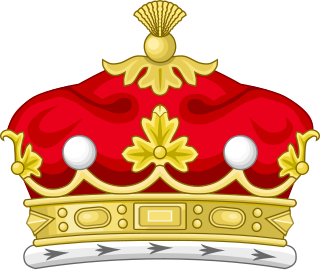
Marquess Camden is a title in the Peerage of the United Kingdom. It was created in 1812 for the politician John Pratt, 2nd Earl Camden. The Pratt family descends from Sir John Pratt, Lord Chief Justice from 1718 to 1725. His third son from his second marriage, Sir Charles Pratt, was also a prominent lawyer and politician and served as Lord Chancellor between 1766 and 1770. In 1765 he was raised to the Peerage of Great Britain as Baron Camden, of Camden Place in the County of Kent, and in 1786 he was further honoured when he was created Viscount Bayham, of Bayham Abbey in the County of Kent, and Earl Camden. These titles are also in the Peerage of Great Britain. Lord Camden was married to Elizabeth, daughter of Nicholas Jeffreys, of The Priory, Brecknockshire, in Wales.

Earl of the Island of Jersey, usually shortened to Earl of Jersey, is a title in the Peerage of England held by a branch of the Villiers family, which since 1819 has been the Child-Villiers family.
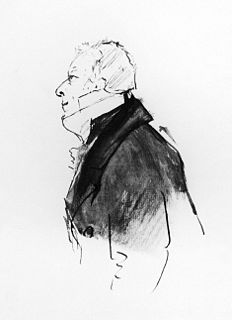
John William Ponsonby, 4th Earl of Bessborough, PC, known as Viscount Duncannon from 1793 to 1844, was a British Whig politician. He was notably Home Secretary in 1834 and served as Lord Lieutenant of Ireland between 1846 and 1847, the first years of the Great Famine.

Baron le Despencer is a title that has been created several times by writ in the Peerage of England.

Earl of Bessborough is a title in the Peerage of Ireland. It was created in 1739 for Brabazon Ponsonby, 2nd Viscount Duncannon, who had previously represented Newtownards and County Kildare in the Irish House of Commons. In 1749 he was given the additional title of Baron Ponsonby of Sysonby, in the County of Leicester, in the Peerage of Great Britain, which entitled him to a seat in the British House of Lords. The titles Viscount Duncannon, of the fort of Duncannon in the County of Wexford, and Baron Bessborough, of Bessborough, Piltown, in the County of Kilkenny, had been created in the Peerage of Ireland in 1723 and 1721 respectively for Lord Bessborough's father William Ponsonby, who had earlier represented County Kilkenny in the Irish House of Commons.

William Wellesley-Pole, 3rd Earl of Mornington,, known as Lord Maryborough between 1821 and 1842, was an Anglo-Irish politician and an elder brother of the Duke of Wellington. His surname changed twice: he was born with the name Wesley, which he changed to Wesley-Pole following an inheritance in 1781. In 1789 the spelling was updated to Wellesley-Pole, just as other members of the family had changed Wesley to Wellesley.

Charles Fane, 1st Viscount Fane PC (Ire) was an Anglo-Irish courtier, politician and a landowner in both England and Ireland.
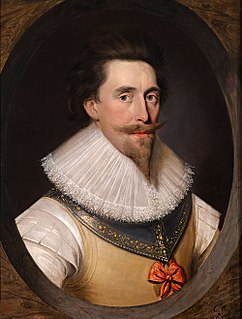
Francis Fane, 1st Earl of Westmorland, of Mereworth in Kent and of Apethorpe Hall in Northamptonshire was an English landowner and politician who sat in the House of Commons between 1601 and 1624 and then was raised to the Peerage as Earl of Westmorland.

Dorothy Montagu, Countess of Sandwich, formerly The Hon. Dorothy Fane, was a British peeress a wife of the 4th Earl of Sandwich.
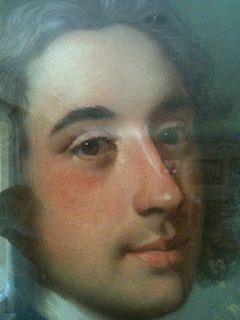
Charles Fane, 2nd Viscount Fane was a landowner in Ireland and England, a Whig Member of Parliament and the British Resident in Florence.
John George Brabazon Ponsonby, 5th Earl of Bessborough PC, styled Viscount Duncannon from 1844 until 1847, was a British cricketer, courtier and Liberal politician.

Peter de Salis, 3rd Count de Salis was the second son of Jerome De Salis by his wife Mary, daughter of the first Viscount Fane. He was educated with his brothers, Charles and Henry, in the Grisons, in Chur where his tutor was Johann Heinrich Lambert, and then at Eton. He left Eton early in 1754 and was commissioned as an ensign in the 1st Regiment of Foot on 17 October 1754, which cost £900, subsequently he fought in the Seven Years' War, becoming a lieutenant on 27 October 1760. He left the army a captain and was sent by his father to the Grisons where he married a second cousin in 1763, she died, morte avec une fille en couches a year later. In 1765 he married a first cousin, she died 18 months later. In 1769 he married a combined third and fourth cousin, she bore him two sons and outlived him 22 years.

Henry Jerome de Salis, DD, FRS, FSA, was an English churchman. He was Rector of St. Antholin in the City of London and Vicar of Wing in Buckinghamshire. He was also known as: Revd Henry Jerome de Salis, MA; the Hon. & Rev. Henry Jerome De Salis, Count of the Holy Roman Empire; Dr. de Salis; Rev. Dr. Henry Jerome de Salis, and, from 1809, Rev. Count Henry Jerome de Salis.
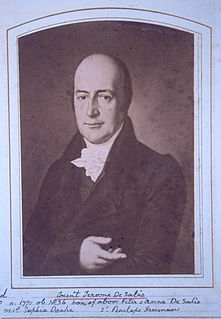
Jerome de Salis, Count de Salis-Soglio, DL, JP, FRS, Illustris et Magnificus, was an Anglo-Grison noble and Irish landowner.
De Salis is a surname. Notable persons with that name include:
Charles Fane may refer to:
Fane is a surname.

Emperor Francis I by a patent dated Vienna, 12 March 1748, created Peter de Salis, together with his descendants, Count of the Holy Roman Empire.,